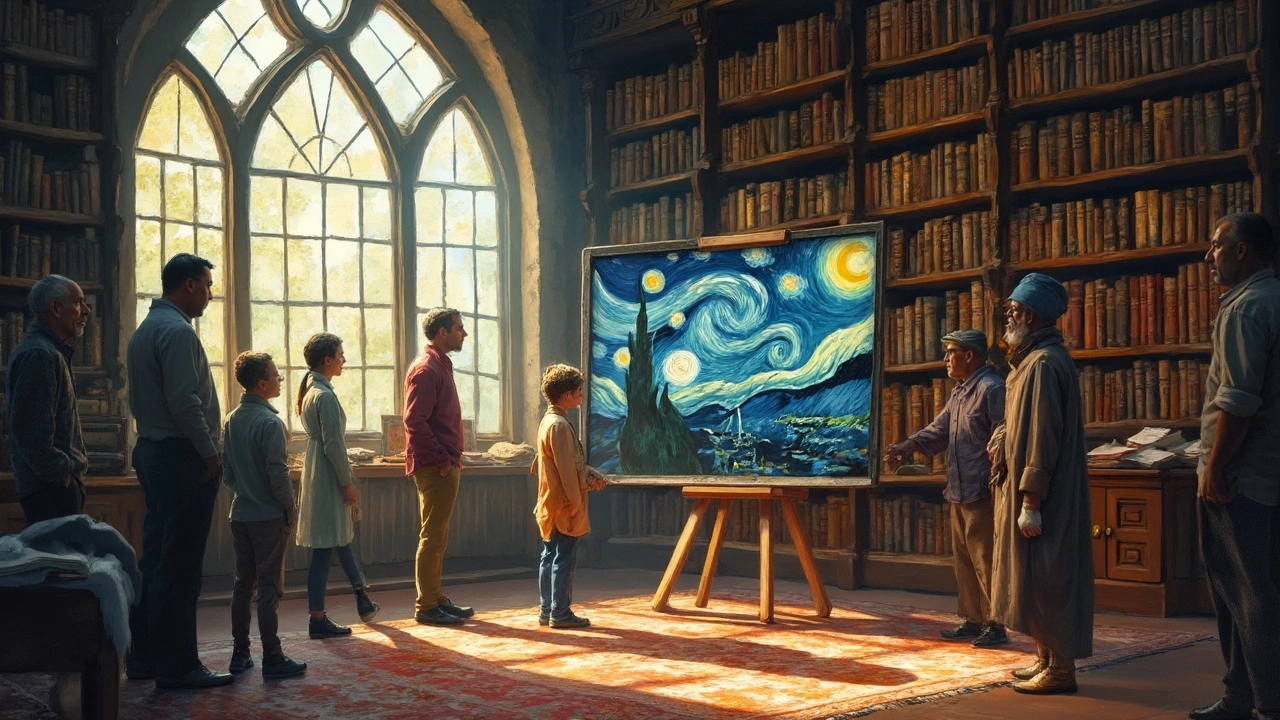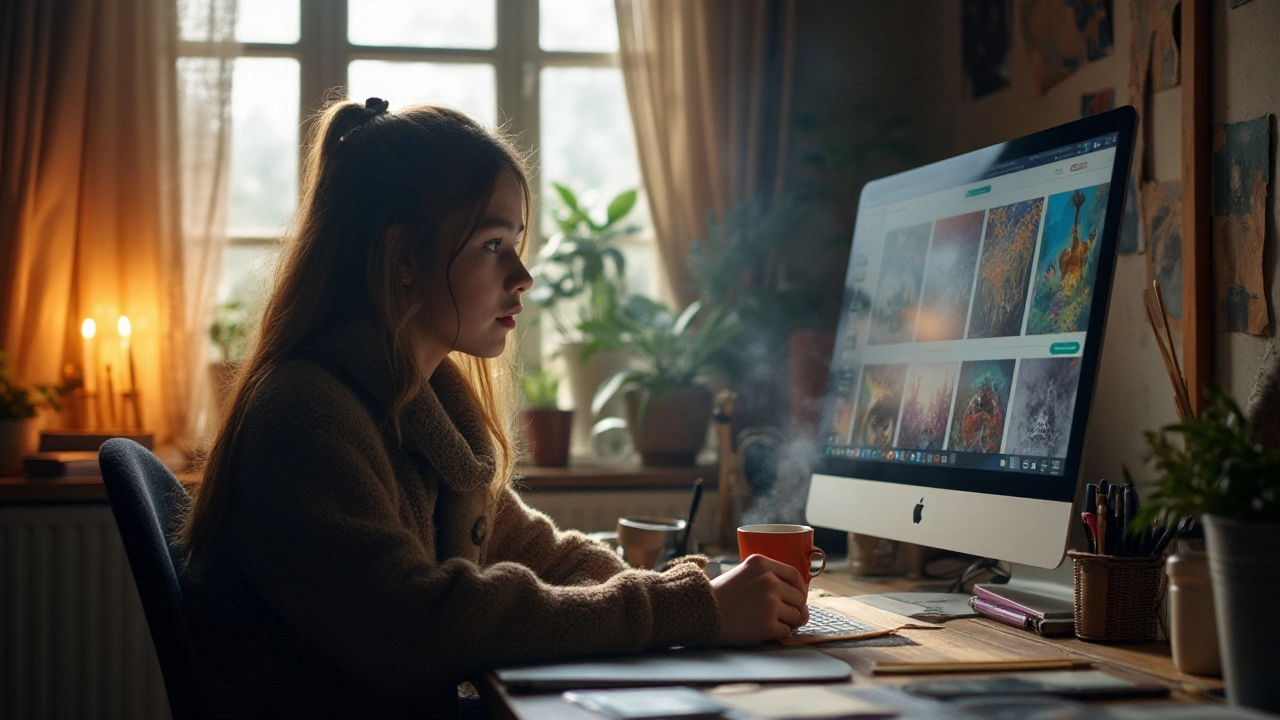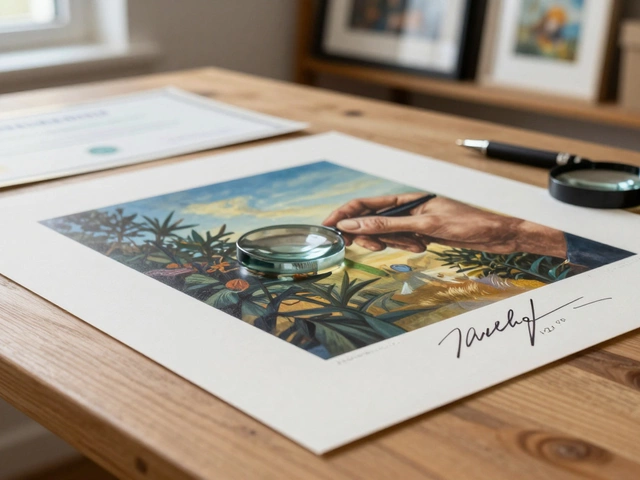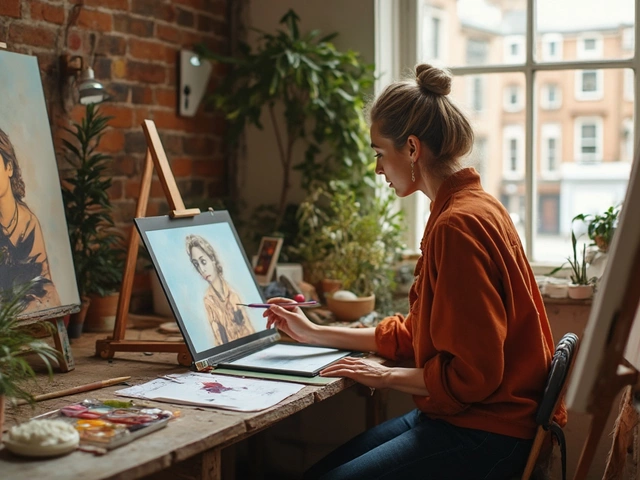Art Protection: How to Safeguard Your Creative Work
When talking about Art Protection, the set of practices that keep artworks safe from loss, damage, or unauthorized use. Also known as art safeguarding, it covers legal, physical, and digital steps that creators and collectors take to preserve value and authenticity. Below you’ll see how this umbrella topic connects to the everyday concerns of artists, galleries, and hobbyists alike.
Key Elements of Art Protection
One of the first lines of defense is Copyright, legal protection that gives creators exclusive rights to reproduce, distribute, and display their work. Copyright lets you control who can sell prints, post images online, or remix your piece. Without it, anyone could copy your digital art or photograph and claim ownership, which hurts both reputation and revenue. Knowing how to register and enforce copyright is the backbone of effective art protection.
Another crucial piece is Insurance, a financial safety net that covers loss, theft, or accidental damage to physical artworks. Whether you own a single canvas or run a gallery, a tailored policy can reimburse repair costs or replace a stolen piece. Insurance also often requires proper documentation of each work, which dovetails nicely with provenance records and helps insurers assess risk accurately.
Physical preservation falls under Art Restoration, the process of repairing and stabilizing artworks to extend their lifespan. Skilled conservators address issues like cracked varnish, fading pigments, or structural weaknesses. Restoration not only saves a piece from irreversible decay but also maintains market value, making it an essential component of any protection strategy.
Just as important as restoring a painting is proving who actually owns it. That’s where Provenance, the documented history of an artwork’s ownership and exhibition comes in. Clear provenance deters fraud, eases resale, and supports insurance claims. Collectors often request provenance reports before buying, and museums rely on them to verify authenticity before exhibition.
Digital creators face a modern twist on these classic safeguards. When you turn a sketch into art protection for the online world, tools like watermarking, blockchain certificates, and NFT metadata act like digital copyright and provenance rolled into one. These methods let you timestamp a file, prove originality, and even embed royalty clauses that pay you each time the piece is resold. That’s why the post “Making Money with Digital Art: Proven Ways to Earn Online” talks about NFTs as both a revenue stream and a protection mechanism.
Local resources in Pembrokeshire add another layer of support. The county’s art societies often host workshops on copyright basics, while regional insurers provide packages tailored to coastal galleries. Museums here collaborate with conservators who specialize in the damp climate’s impact on oil paintings, offering free assessments for community artists. Tapping into these networks gives you practical, on‑the‑ground help that national guides sometimes miss.
All these pieces—legal rights, insurance policies, careful restoration, solid provenance, and digital safeguards—form a network that keeps art safe from the moment it leaves the studio to when it hangs on a wall or lives in a blockchain. In the list that follows you’ll find deeper dives into each of these topics, from how to register a copyright to the best ways to protect digital creations. Let’s explore the tools and tips that will help you protect your artistic legacy.

Ever wonder why Van Gogh's 'Starry Night' isn't tucked away behind stacks of legal paperwork? This article breaks it down, explaining how public domain works, why it matters, and what it means for iconic artworks like ‘Starry Night’. Discover the fascinating reasons these masterpieces are so accessible and how they continue to inspire generations.

Deciding whether or not to watermark your digital art on Etsy is an important consideration for artists. Watermarks can offer protection and deter stealing, but they might also impact the visual appeal of your work. This article discusses the pros and cons of watermarking, offers tips for effective watermarking, and explores alternatives to safeguard your digital creations without compromising their aesthetic appeal. We aim to provide clarity to artists navigating this challenge and assist them in making informed decisions.





